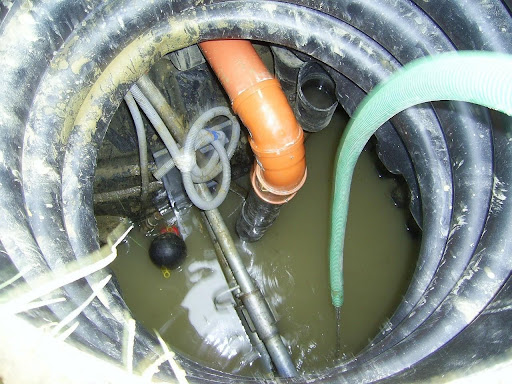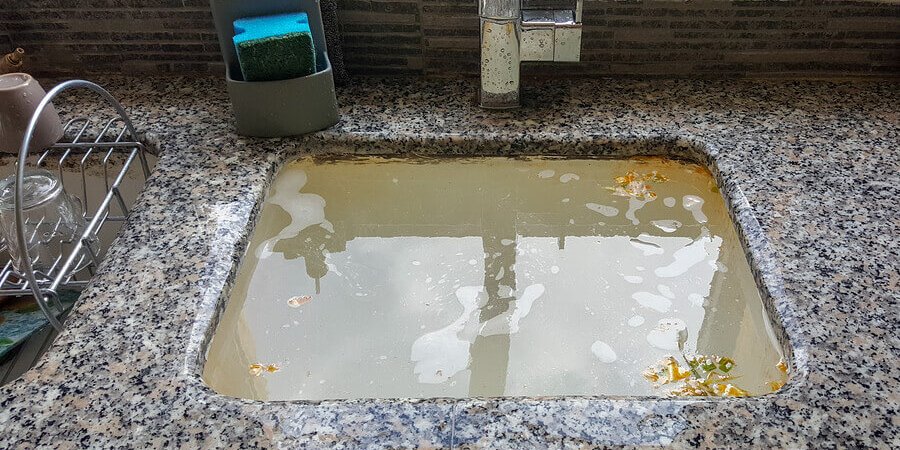This great article on the next paragraphs relating to How to handle a clogged drain in your home is extremely captivating. You should investigate for yourself.

Introduction
Managing a blocked drainpipe can be an irritating experience, disrupting daily activities and potentially causing damage to your residential property. Nevertheless, before reaching out to plumbing experts, there are steps you can take to attend to the problem yourself. In this overview, we'll discover DIY services and preventive measures to take on a blocked drainpipe successfully.
Determining the Issue
The first step in attending to an obstructed drain is acknowledging the indicators. Slow-moving water drainage, gurgling audios, foul odors emanating from drains pipes, or water support up prevail indicators of an obstructed drainpipe. Identifying these indications early can help prevent additionally problems.
Common Causes of Obstructed Drainpipes
Recognizing the aspects that contribute to drain pipes obstructions is essential for reliable resolution. Typical offenders include hair, soap scum, grease, food particles, and international things like hygienic products or paper towels. Tree origins invading below ground pipes can also cause substantial blockages.
DIY Solutions
For minor obstructions, numerous DIY options can be efficient. Pouring boiling thin down the drainpipe can aid dissolve oil and particles. Baking soda and vinegar or a combination of salt and baking soft drink can function as natural cleaners. Making use of a plunger or plumbing snake to displace blockages is another choice.
Tools and Equipment
Having the right tools on hand can make DIY drain cleaning up more efficient. A bettor is a flexible tool for removing obstructions in sinks, commodes, and showers. A plumbing snake or auger can get to much deeper clogs, while drainpipe cleansing chemicals can be made use of cautiously for persistent blockages.
Safety nets
To stay clear of future blockages, taking on preventive measures is important. Set up drainpipe guards or strainers to capture hair and particles before they go into the pipes. Routinely flush drains pipes with hot water to liquify grease accumulation, and avoid throwing away oil or solid waste away.
When to Call a Professional
While DIY options can resolve minor obstructions, specific indicators suggest the need for specialist aid. Consistent obstructions, foul odors regardless of cleansing initiatives, or several drains supporting concurrently are warnings that necessitate experienced intervention.
Picking the Right Pipes Service
When selecting a pipes solution, take into consideration aspects such as experience, licensing, and client evaluations. Pick a trustworthy plumbing technician with a track record of top quality craftsmanship and clear pricing methods.
Cost Considerations
The price of professional drain cleaning services can vary depending upon the severity of the clog and the plumbing technician's prices. Request quotes from multiple suppliers and inquire about any type of service charges to ensure openness and prevent shocks.
Security Precautions
When trying DIY drain cleaning, prioritize safety. Wear safety handwear covers and eyeglasses to avoid contact with unsafe chemicals or germs. Never ever blend various drain cleansing products, as this can produce hazardous fumes.
Case Studies
Real-life instances show the efficiency of do it yourself options and the importance of prompt specialist intervention in dealing with drainpipe blockages.
Verdict
By following the tips laid out in this overview, you can properly tackle blocked drains and avoid future pipes issues. Whether going with do it yourself options or seeking specialist aid, punctual action is vital to maintaining a healthy and balanced plumbing system and preserving the integrity of your home.
How to Clear a Clogged Drain Yourself (And When to Call In the Professionals)
What Can Clog a Drain
Dirt Skin flakes Hair Grease Soap scum Food Offset pipes Tree roots Small objects Mineral buildup DIY Tricks to Unclog a Drain
You can fix this! Once you have identified the source of the clog (or have a vague idea), you can try one or a combination of these fixes in order to clear your plumbing.
Wire Hanger or Snake
Untangle and clear out hair from a drainpipe with a homemade snake. Use a straightened-out wire hanger with a 90-degree angle hook to locate the clog and drag out any unwanted material.
Remember not to push the clog further down to where the wire hanger cannot reach! If you need to follow up with a plunger, give it a try. Your efforts might be more successful after it’s been wire-snaked.
If you want to get fancy and don’t have a wire hanger to spare, head to the store and pick up a hand-operated drain snake. You can get one for $10-$30. It may save you the hassle, and provide additional length to reach deep into the clogged pipe.
Plunger
A cup plunger has a suction cup attached to a wooden handle. The rubber creates a seal around the drain, and increases the pressure force of the plunger.
Plunge for 30-second increments to loosen the clog. This may need to be repeated over the course of 15-20 minutes. Once plunged, run the water to flush the remaining material out of the drain.
Remember– never use a plunger if you have used a chemical drain cleaner. These chemicals can splash up from the force of the plunger and cause serious injury or burns.
Boiling Water
Hot water can sometimes break up materials into a flushable amount. Dirt, grease, and soap buildup requires heat in order to unstick from surfaces.
Take your kitchen kettle and heat your water to a boil. Once it reaches a rolling boil, pour it directly down the drain into the blockage. Carefully follow with plunging, if necessary.
Don’t worry if this takes more than one try! It can often take multiple kettles and repeated plunging in order to clear a particularly stubborn clog.
Chemical Drain Cleaner
As a last resort, pick up a bottle of chemical drain cleaner. Drain-cleaning chemicals are potent, and not very good for the environment.
You may need to wear protective eyewear in gloves before handling your bottle of chemical drain cleaner. Follow the instructions printed on the bottle, and flush with water as soon as the instructions allow. Do not follow with plunging.
Baking Soda and Vinegar
As a safer alternative to chemical drain cleaner, baking soda and vinegar can create a chemical reaction that clears tough clogs.
Combine one cup of cleaning vinegar with one cup of boiling water, and set aside. Once you have done this, pour half a cup of baking soda down the drain. Give the baking thirty seconds to settle and cover a large portion of the problem drain.
Following the baking soda, pour down your vinegar and hot water solution. Once the vinegar and baking soda combine, the mixture will bubble and fix. Let this reaction fizzle in the drain for about an hour.
After an hour, follow with a kettle’s worth of hot water. The heat and liquid should flush out any remaining material.
When to Call a Plumber
If your DIY attempts haven’t cleared your clog drain, it’s time to call in a professional. It’s not worth losing access to your kitchen sink or high-traffic bathroom. A clog in a vital area can keep you from the things you’d rather be doing, and derail your routine.
Anytime a clog is causing water to spread is a time to call in a plumbing service. What starts out as a little bit of water can quickly grow into serious, expensive water damage.
Additionally, a serious clog can result in burst pipes or serious leaks. Make sure you know when to take it seriously!
https://myguysnow.com/how-to-clear-a-clogged-drain-yourself-and-when-to-call-in-the-professionals/

Do you enjoy reading about Tips for Dealing with Clogged Drains and Sewer Lines? Try to leave a remark further down. We will be glad to find out your feelings about this content. We hope to see you back again before long. Those who appreciated our page plz be sure to pass it around. Thanks a bunch for being here. Please check up our site back soon.
Click Here